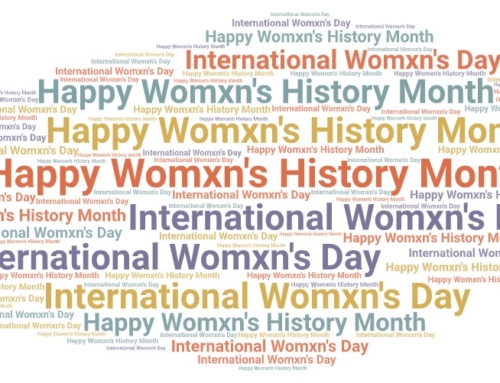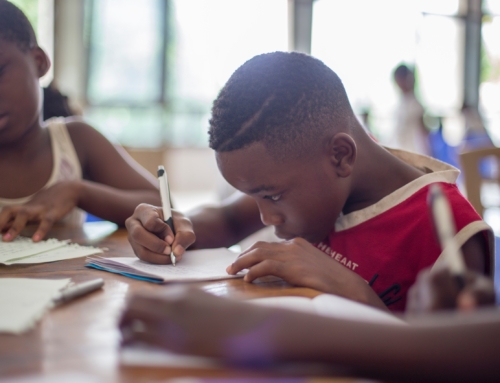
Although we celebrate Black History year-round at RE·Center, February is a specific time when Black History gets a spotlight. It’s a time when most of U.S. society makes time for storytelling, programming, and having conversations focused on the Black experience and the unique joys, pains, and people that create it. Growing up as a Black girl in the South, Black History Month was a magical time when my family went to museums, I had conversations with elders, and I learned about unsung heroes.
Black History Month seemed to be the only time of year when I was told the other half of the Black experience—beyond the slavery, struggle, and trauma narratives I learned in school and in most media—of resistance narratives, freedom narrative, healing narratives. By the end of the month, I felt like I had the fortitude of Harriet Tubman, the savvy of Matthew Henson, the organizing of Ella Baker, the insight of James Baldwin, and many more skills and gifts of a long line of Black people in the struggle for Black Liberation.
In a racist world that places the value of people based on the color of their skin (and many other traits we have no control over), Black History Month is important because it shows all the ways Black people have persisted. Black History is United States history and it is important to celebrate because Black history often gets erased in the U.S. narrative. I find it to be a time to “affirm our humanity, our contributions to this society, and our resilience in the face of deadly oppression” (Black lives Matter).
RE·Imagine
The Legacy of Emancipatory Education in the Black Community
Black communities have a long history of emancipatory schools and school-based programs, which focus on the creation of a just and democratic society through a curriculum that promotes self-actualization, collaboration, liberation, etc.
In 1994, educator Sadiq Ali founded the Benjamin E. Mays Institute for seventh- and eighth-grade Black and Brown boys in Hartford, Connecticut. The school was in response to the educational issues facing young Black males, from the school-to-prison pipeline to the lack of role models in school staff. Some unique characteristics about the Institute were that the teachers were black men, attention to self-esteem, high expectations for all their students, and parental and community involvement were a key staple of the program.





